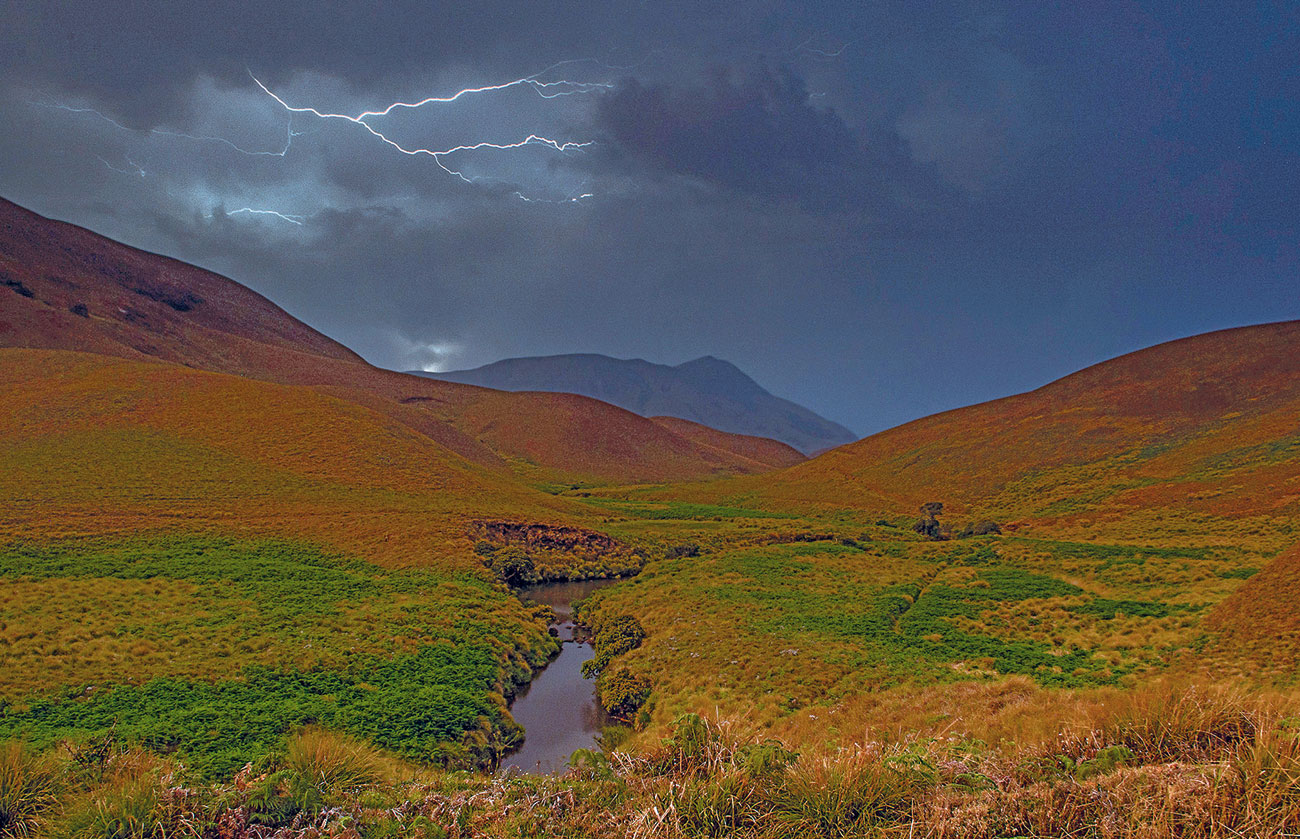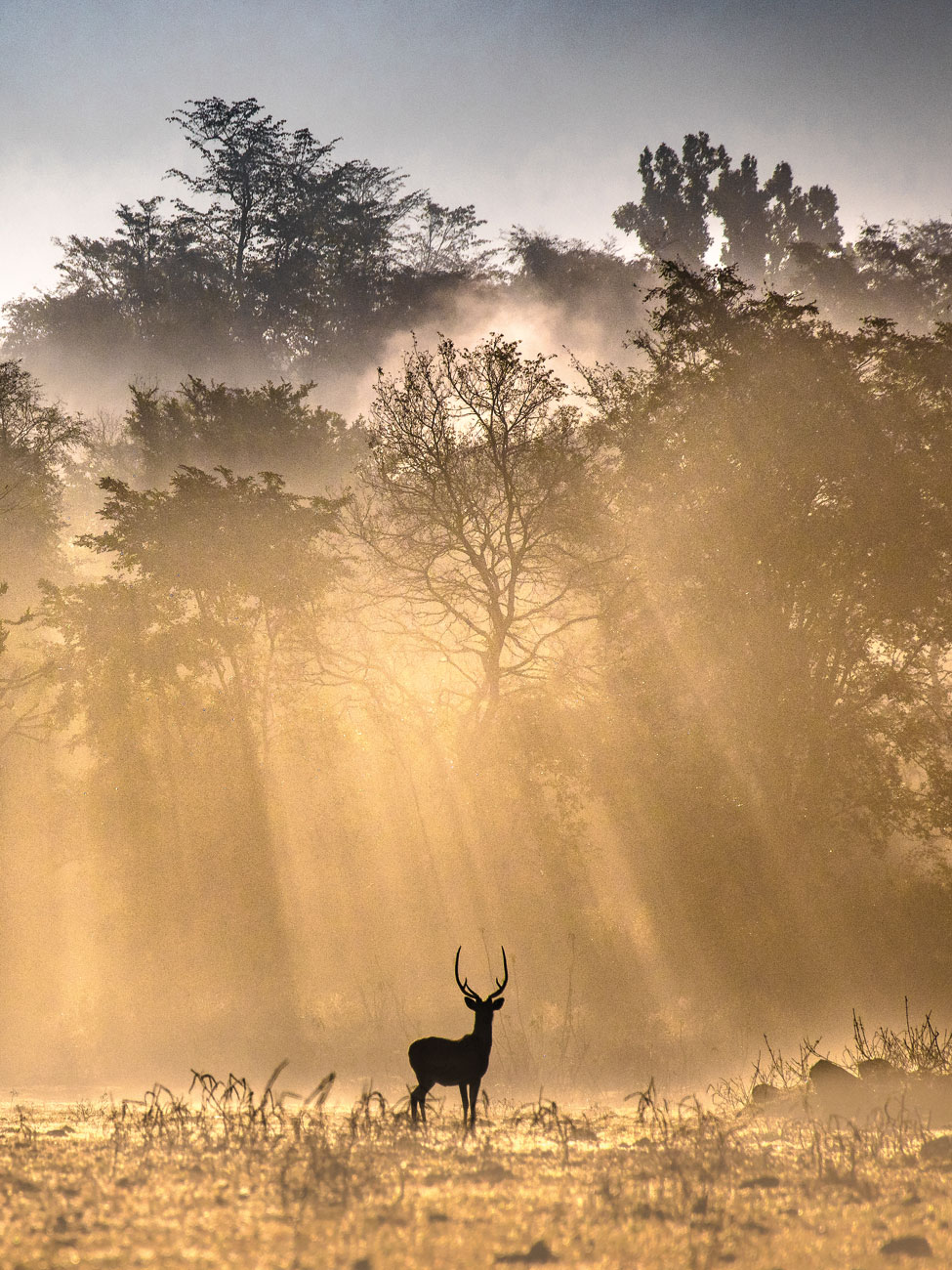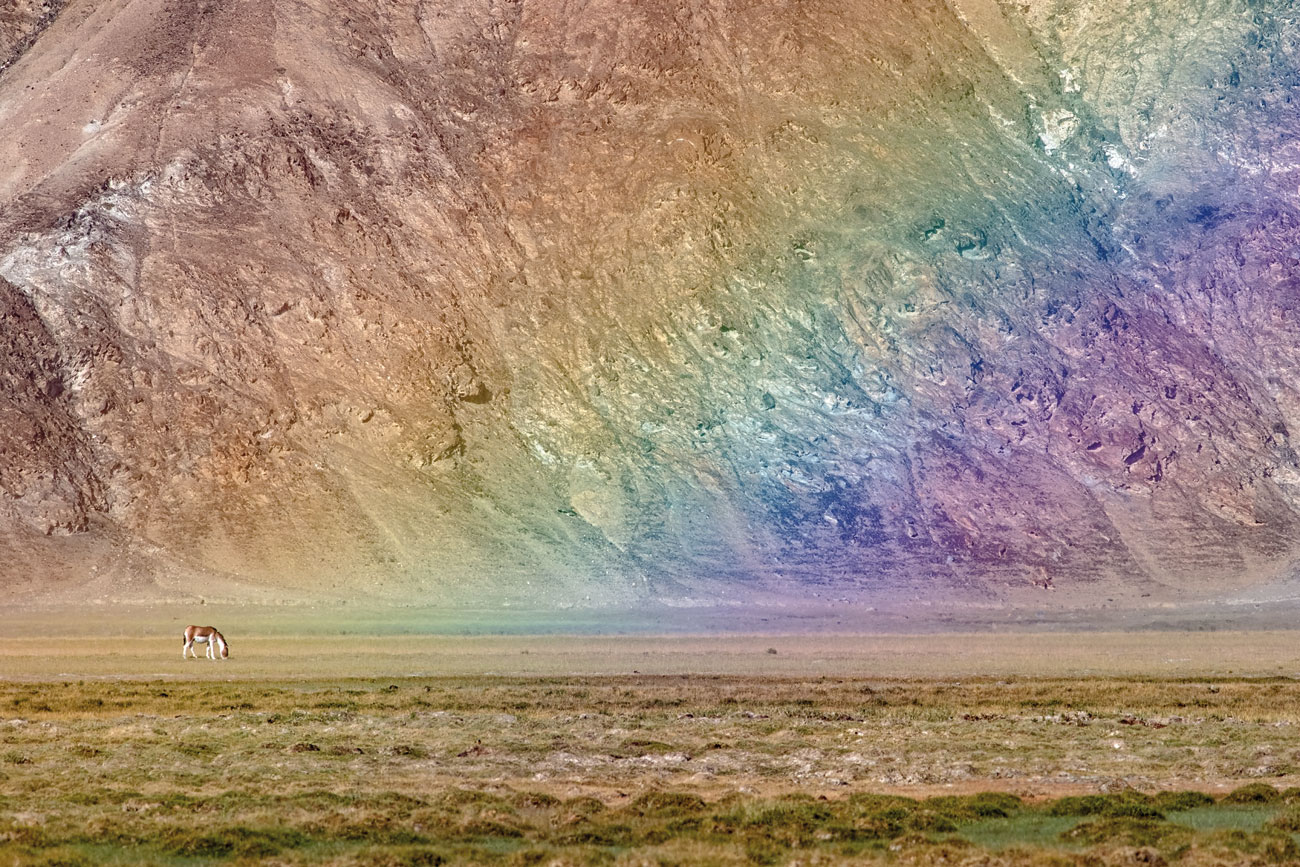Nature’s Sound Track
First published in Sanctuary Asia,
Vol. 43
No. 6,
June 2023
Sunil Sampat, an engineer by profession and a Contributing Editor for Rolling Stone India is a globally respected jazz scholar. He shares his love of music with Sanctuary readers, and underscores the fact that the music of nature has had a powerful influence on all living creatures, including us humans.
What a wonderful world! When that great granddaddy of jazz Louis Armstrong, sang a song by this title, he encapsulated forever the beauty, joy, and hope, that makes the timeless living orb we call home so wonderful. The colours of the rainbow, melodies of birdsongs, the sound of waves on seashores, the rustling of leaves, the messaging of myriad animals, are all music for the soul. Poets, dancers, musicians and artists of all descriptions have forever been inspired by nature’s sights and sounds… All visual and aural gems that celebrate and sustain life.
In Hindustani and Carnatic classical music, the six raga (notes) have been composed for different times of day, for different seasons, and for festivals, based on the inexorable passage of time that heralds life-giving harvests. Across India, monsoons are celebrated with song, much as the advent of spring and summer is celebrated across other parts of the planet. The magic of nature and the mood it ushers in are well echoed in music. The language of music is universal and, not surprisingly, is an integral part of nature worship because humans are viscerally aware that nature sustains us all; that it fuels our lives as it does the lives of every other lifeform in the biosphere, plant or animal.

Lightning rents the sky in the Eravikulam National Park in Kerala and lights up the sholas. Nature is replete with visual and aural gems exemplified in Hindustani and Carnatic classical music with the six ragas. Photo: Salish J. Menachery/Sanctuary Photolibrary.
Nature is certainly incomplete without its own soundtrack!
The creative art of music in mankind has probably been inspired by the natural sounds that surround us. I can well imagine the process that the early composers of music may have used. They might well have heard the natural orchestra of birdsong, the rhythm of rivers, the roaring of lions, and trumpeting of elephants. To introduce an orchestral sound, they probably used the percussive thunder from the skies accompanied by its visual effects of lightning! A famous American jazz musician Eric Dolphy, who played both the flute and the high-pitched alto saxophone, grew up on a remote farm in California. He was surrounded by the calls and songs of many different kinds of birds, and noticed how as the seasons changed, their songs changed too. Fascinated, Dolphy spent hours trying to recreate bird sounds – real and imagined – using his musical instruments. That was the dominant sound that Eric Dolphy has played all through his career (such as this). Listening to his music, you might be forgiven for wondering whether some birds actually play what, to our ears, sounds like sophisticated jazz!
Delhi-based academic Dr. Anjali Capila focused on her love of music by examining the effect of the flowing Ganga on the songs of the people of the Garhwal Himalaya. Inspired by the natural beauty of the mountains and the flowing river, women sing in harmony and rhythm about their landscape. The imagery of the river is exemplified in song, representing the different stages of the river that endow the Holy Ganga with a woman’s holy form. In the words of Dr. Capila, the Ganga river “is seen as a young girl who tripped over stones and pebbles in the upper reaches, creating beautiful melodies in her flow. The same river acquires the calm of maturity as she flows gently over the plains in her journey to Haridwar.” Such sentiments are captured in the songs of the region and bring to mind the visuals of a veritable orchestra that utilises varied movements to capture this phenomenon.

Ethereal dawn lights up the skies near Rajaji National Park while silhouetting a spotted deer stag. Rag Bhairavi epitomises dawn and is known as the queen of morning ragas. Photo: Trikansh Sharma/Sanctuary Photolibrary.
Jazz lovers have probably seen the 1950s movie Jazz on a Summer’s Day, about the Newport Jazz Festival. If not, do watch this film. The opening scene with the credits is beautiful. It reveals a slow train meandering alongside a river. The accompanying music is titled The Train and the River, played on the clarinet, tenor saxophone, guitar and bass. The visual of the lazy river together with the music is tantalising. The piece depicts as clear a resonance between music and nature as you could ask for, and tells a story unto itself.
Visit almost any place of worship and you will see that innumerable forms of human prayer, formal or otherwise, find expression in song. Ultimately, virtually all worship is dedicated to that almighty source of life on our precious planet – Mother Nature. Our ancestors understood this hundreds of years ago and, more recently, in 1980s Japan, a medically-backed ‘exercise’ called shinrin-yoku (meaning ‘forest bathing’ or ‘taking in the forest atmosphere’) emerged as a form of wellness exercise.

A Tibetan wild ass grazes in the high plateau of Hanle, Ladakh, flanked by rainobow-hued mountains. Poets, dancers, musicians and artists of all descriptions have forever been inspired by nature’s sights and sounds. Photo: Kavi Nanda/Sanctuary Photolibrary.
The next time you hear a song, particularly the background music in a movie, documentary or series, notice how the sounds heighten and enhance the impact of the visuals. Music can trigger fear, calmness, awe, and joy. Imagine then how subliminally music influences your mood as you go about your daily existence, without even being aware of its powerful influence.
There are six primary ragas, from which all other raga originate. Linked to the time of the day, or the annual passage of seasons, these are:
y Raga Bhairav (dawn)
y Raga Hindol (spring, morning)
y Raga Megh (monsoon)
y Raga Shri (dusk)
y Raga Deepak (evening), and
y Raga Malkauns (late night or winter).
Sunil Sampat Contributing Editor of Rolling Stone magazine for over a decade, he is a distinguished jazz aficionado, who has interviewed some of the greatest names in jazz. He is on the Jazz Advisory Committee at the NCPA, Mumbai, and and is the Co-founder of ‘Jazz Addicts’.




